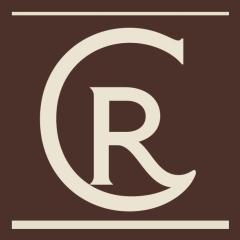-
Welcome to the eG Forums, a service of the eGullet Society for Culinary Arts & Letters. The Society is a 501(c)3 not-for-profit organization dedicated to the advancement of the culinary arts. These advertising-free forums are provided free of charge through donations from Society members. Anyone may read the forums, but to post you must create a free account.
Wine Pricing
-
Similar Content
-
- 161 replies
- 31,999 views
-
- 21 replies
- 9,142 views
-
- 2 replies
- 1,438 views
-
- 34 replies
- 21,940 views
-
Shaoxing Wine 1 2
By liuzhou,
- 44 replies
- 16,809 views
-
-
Recently Browsing 0 members
- No registered users viewing this page.





Recommended Posts